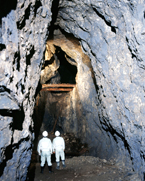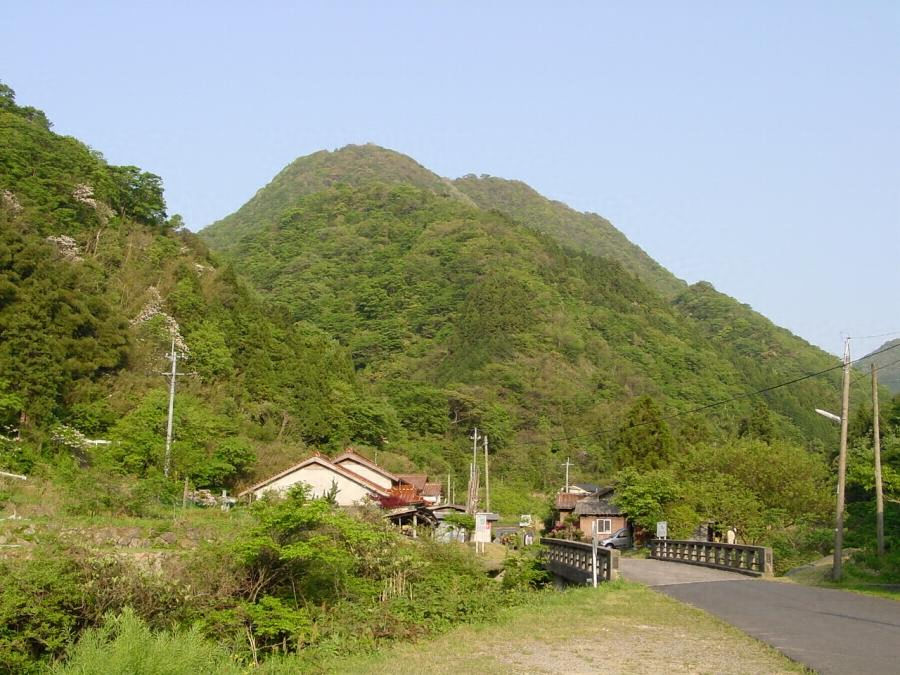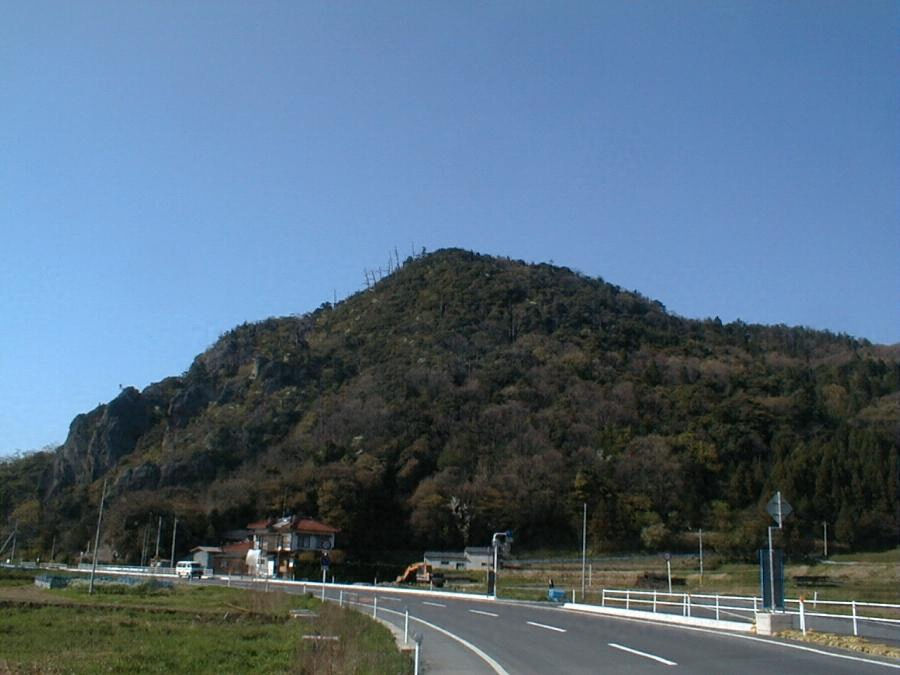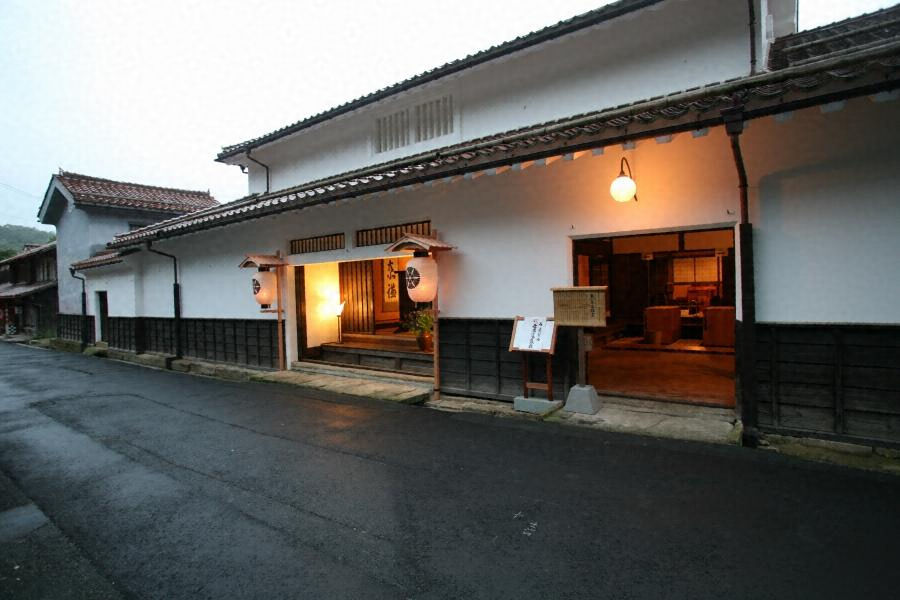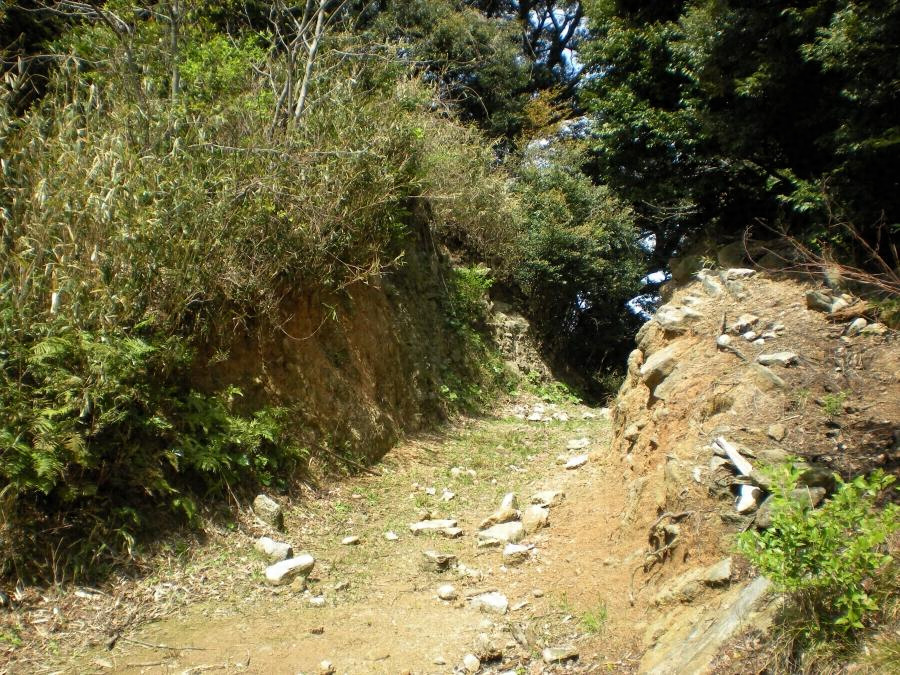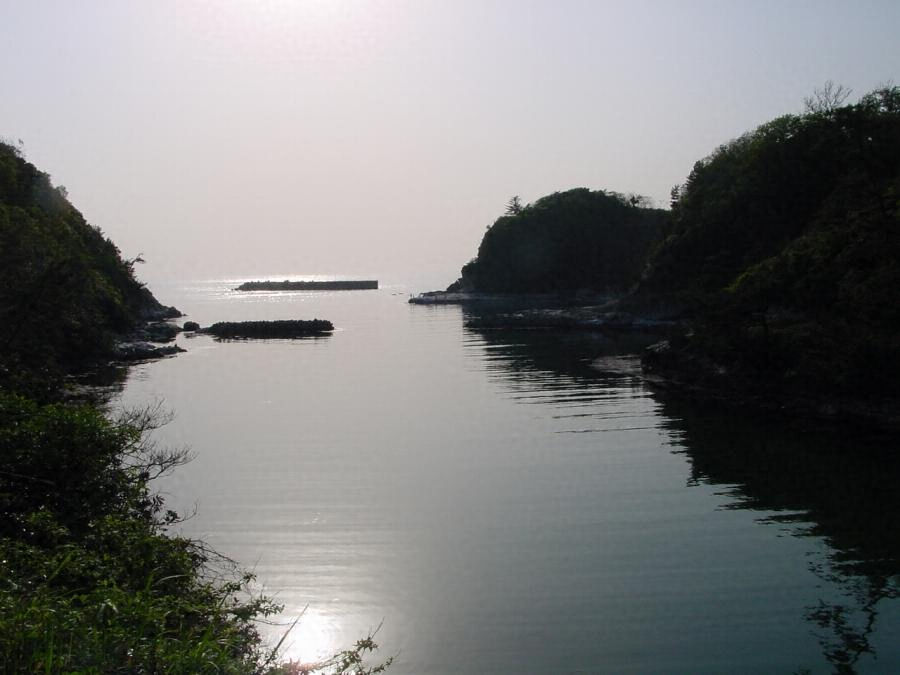世界遺産と無形文化遺産
石見銀山遺跡とその文化的景観
いわみぎんざんいせきとそのぶんかてきけいかん
世界遺産登録年:2007年
構成する文化遺産
主情報
- 記載物件名
- 石見銀山遺跡とその文化的景観
- 構成資産
- 銀山柵内、代官所跡、矢滝城跡、矢筈城跡、石見城跡、大森・銀山、宮ノ前、熊谷家住宅、羅漢寺五百羅漢、石見銀山街道鞆ケ浦道、石見銀山街道温泉津・沖泊道、鞆ケ浦、沖泊、温泉津
- 所在地(市町村)
- 島根県大田市
- 暫定記載年
- 平成13年(2001年)
- 推薦年月
- 平成18年(2006年)1月
- 記載年月
- 平成19年(2007年)7月
- 資産範囲の軽微な変更承認年月
- 平成22年(2010年)7月
- 評価基準
- (ⅱ)(ⅲ)(ⅴ)
- 都道府県所管課
- 島根県文化財課世界遺産室
- 自治体等HP
- https://ginzan.city.oda.lg.jp/ (石見銀山世界遺産センター)
- ユネスコ資産ページ
- https://whc.unesco.org/en/list/1246
関連資料
解説
詳細解説
石見銀山遺跡は日本海に面する島根県のほぼ中央に位置し、石見銀の採掘・精錬から運搬・積み出しに至る鉱山開発の総体を表す「銀鉱山跡と鉱山町」、「港と港町」、及びこれらをつなぐ「街道」から成っています。
この遺跡は、東西世界の文物交流及び文明交流の物証であり、伝統的技術による銀生産を証明する考古学的遺跡及び銀鉱山に関わる土地利用の総体を表す文化的景観としての価値を持っています。




